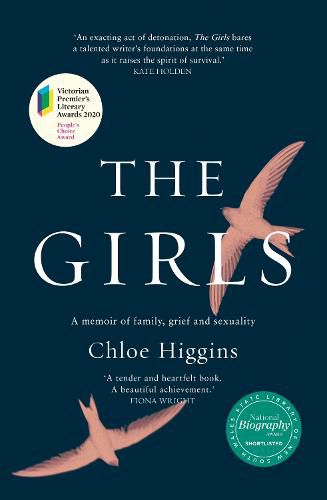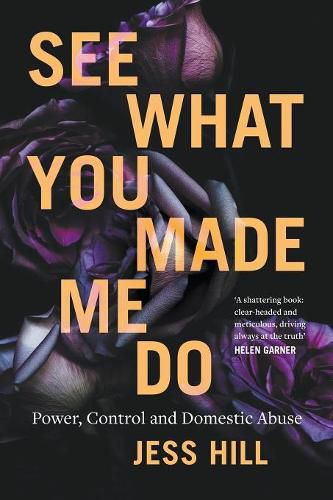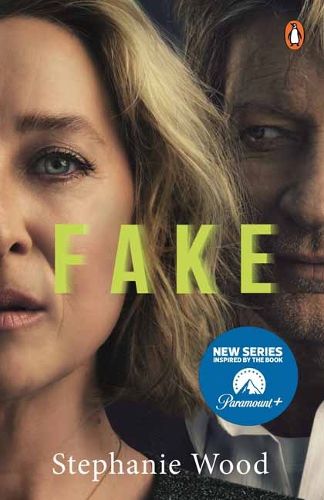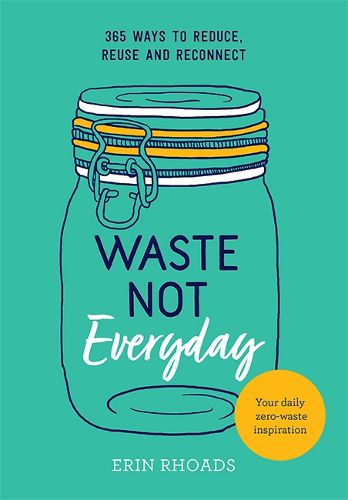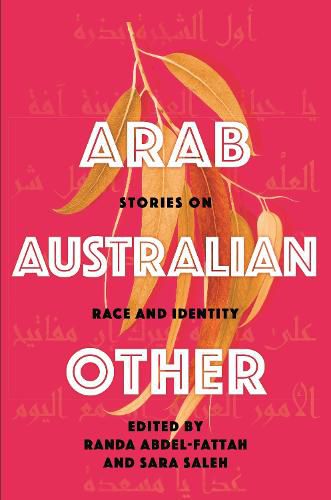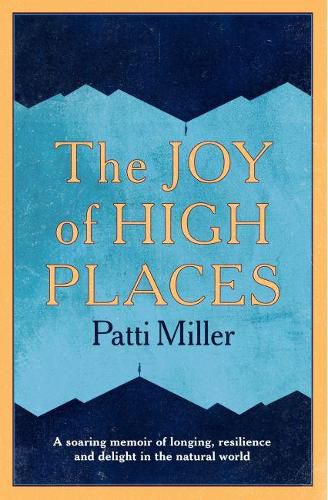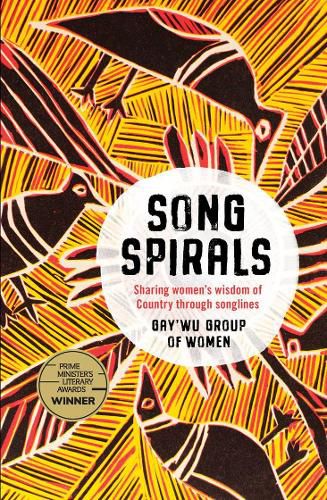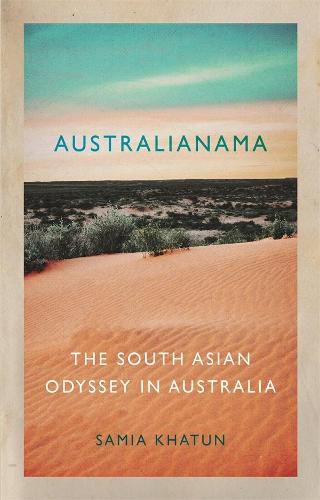Kiffy Rubbo: curating the 1970s
Janine Burke and Helen Hughes (Eds.)
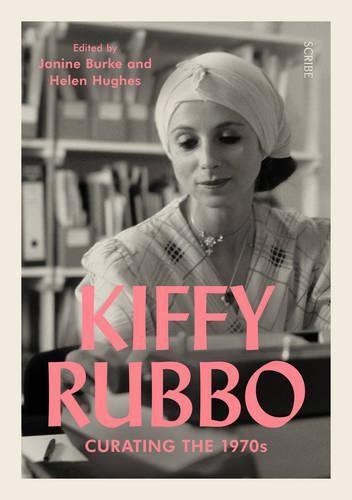
Kiffy Rubbo: curating the 1970s
Janine Burke and Helen Hughes (Eds.)
Kiffy Rubbo was a dynamic and unique force in Australian art in the 1970s. It was the time of ‘the personal is political’, of the Vietnam War and the draft, of Indigenous rights and feminism. It was under Kiffy Rubbo’s leadership - and at a time when the artistic community was increasingly seen as an alternative to the mainstream political rhetoric - that the George Paton Gallery, at the University of Melbourne, would become known as a vital, nationally recognised centre for contemporary art.
Through Kiffy’s visionary and progressive approach, the gallery was transformed into a hub for ideas and discussion, and art-political activism. It became the home for feminist enterprises such as the Women’s Art Movement and the Women’s Art Register, as well as fostering publications such as the Art Almanac and Arts Melbourne. Many major contemporary artists, such as Elizabeth Gower, Stelarc, Peter Tyndall, and Lyndal Jones, were early exhibitors there.
Featuring contributions by many significant curators, artists, and critics, Kiffy Rubbo: curating the 1970s explores for the first time Rubbo’s enduring legacy - and the immense role that she played in nurturing Australian visual-art culture at such a crucial time in its history.
Review
Susan Stevenson
Kiffy Rubbo: Curating the 1970s is a reminder of what an extraordinary time the seventies was – an era filled with the promise of systemic change if you were brave enough to embrace it.
Government had become an agent of social change and the art world was its mouthpiece.Kiffy Rubbo was the right person in place at the George Paton Gallery when the revolution that was Gough Whitlam’s government arrived. Coming from a family culture that was engaged with the arts, she had the intellectual self-assurance to support artists to push the boundaries of art practice.
Commitment to art as a mode of social change coincided with Kiffy’s engagement with feminism and led to a deconstruction of the traditional hierarchical gallery model. Her curatorial practice was collaborative and ideas driven rather than object based – performance, installation, video, photography and, most notably, women artists all featured. She also supported work outside the western canon, curating shows of contemporary Papua New Guinean art at a time when it was viewed as little more than a curiosity.
The book is in two parts. In the first, essays by her collaborators, describing the shows Kiffy was involved in, reveal the professional milieu of the time. A sense of her as a person comes in the latter section. This includes Kiffy’s letters to her brother Mike, from 1966 to her untimely death in 1980, and a piece by her elder sister, Anna.
The voice revealed in the letters is of a hugely vivid personality who juggled children, work, relationships, and politics, who was trying to live ‘the personal is political’, and who was battling depression. Her fragility is combined with a joy for life, friends and family, but the growing sadness is palpable. I jumped back and forth to the letters while reading the essays and was amazed at what she achieved. And the saddest thing is to imagine what else she might have been had she overcome her illness.
Susan Stevenson works as a bookseller at Readings Malvern.
This item is in-stock at 2 shops and will ship in 3-4 days
Our stock data is updated periodically, and availability may change throughout the day for in-demand items. Please call the relevant shop for the most current stock information. Prices are subject to change without notice.
Sign in or become a Readings Member to add this title to a wishlist.



